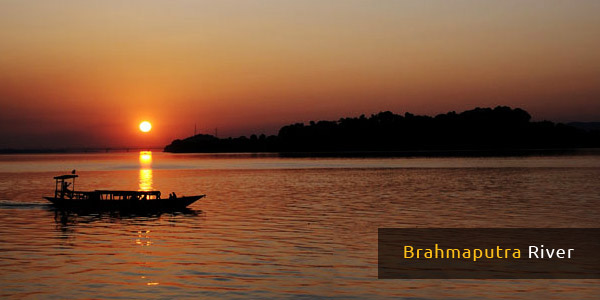
Rivers in Asia Continents, Facts about Size etc
Posted By IsacThe land of Asia abounds in rivers. Some of the world’s longest rivers, such as the Yangtze, the Yellow River and Euphrates flow through the world’s largest continent. These waterways account for most of the region’s fertility and provide several important resources to sustain its large population. Many of the rivers in Asia, including Tigris, Euphrates and Indus have been immensely important in history as they allowed several ancient civilizations to flourish around their banks. In addition, most Asian rivers also offer magnificent scenic beauty which is an attraction for nature lovers from all around the world.
The following discussion provides information about the major rivers of the Asian continent.
Yangtze River
The longest river of Asia and the third longest in the world, the Yangtze River flows through China. It originates from the Geladaindong Peak in Qinghai and covers a distance of 6,300 kilometers before meeting its fate at Shanghai where it joins the East China Sea. The average discharge of the gigantic river is 30,166 cubic meters per second. The river has not only been important in the country’s history, but is also a source of economic prosperity for the present-day China. The Three Gorges Dam is the biggest dam of the world which is built on this river. In addition, the river also serves as a huge tourist attraction.
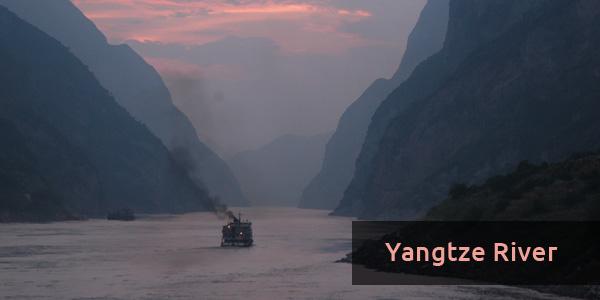
Yellow River
Also called Huang He, the Yellow River is the second longest Asian River and the sixth longest on the earth. It runs through nine states of China and covers a distance of 5,464 kilometers. The origin of the river lies in Bayan Har Mountains in Qinghai while its final destination is the Bohai Sea. Owing to its historic significance, the Yellow River is popularly known as the Cradle of Chinese Civilization. However, due to the damages incurred by floods and the river’s changing course, it is also called China’s Sorrow.

Lena River
The Lena is one of the three great rivers of Siberia which empty into the Arctic Ocean. Being 4,472 kilometers long in length, the river ranks as the continent’s third and the world’s eleventh longest waterway. It emerges from the Baikal Mountains situated at the south of the Central Siberian Plateau. It is the world’s only large river which flows on the permafrost area. The huge Lena delta – spanning over an area of 61,000 square kilometers – has earned a place in the Guinness Book of World Records.
Mekong
Seventh on the list of the longest rivers in Asia, the Mekong River is 4,350 kilometers long. It has earned twelfth place among the longest rivers flowing across the planet. Being an international river, it flows through six countries of Southeast Asia, including China, Thailand, Myanmar, Cambodia, Laos and Vietnam. The river emerges from the Tibetan Plateau and flows towards the Mekong basin which spreads across an area of 795,000 square kilometers. The river then joins the waters of the South China Sea.
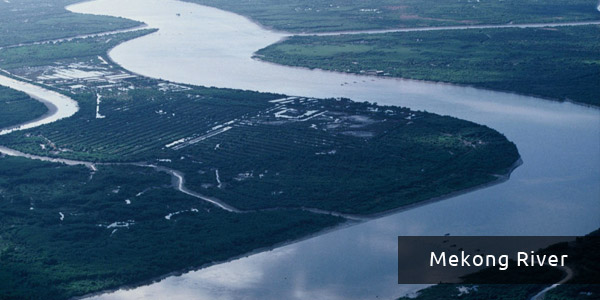
Ob River
Being 3,650 kilometers long, the Ob River is the seventh longest of the gigantic rivers flowing across the planet. It is a Russian river which originates from the Belukha Mountains where rivers Katun and Biya meet. From there, it runs towards the Gulf of Ob where it joins the Arctic Ocean. The river discharges an average of 12,475 cubic meters of water per second. The Ob River is an important source of drinking water and irrigation. It also serves the purpose of fishing and hydroelectric power generation.
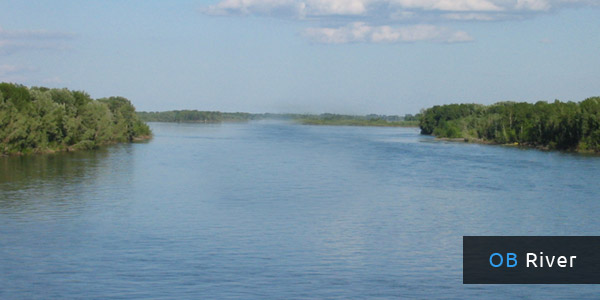
Irtysh River
River Irtysh is the major tributary of the Ob River of western Siberia. It emerges from the Altay Mountains and passes through Siberia, China as well as Kazakhstan. The gigantic river is 4,248 kilometers in length with an enormous basin area covering 1,643,000 square kilometers. The river serves as an important navigation route for passenger boats, tankers and freight boats in Kazakhstan and Russia. On the other hand, the Chinese have built three dams on the portion of the river passing through their country to serve as a water reservoir for hydroelectric power generation. Therefore, Irtysh carries economical importance for all the three countries it flows through.

Yenisei River
One of the three great Siberian rivers, the Yenisei River emerges from Mongolia, crosses Russia and completes its journey at the Yenisei Gulf. This 5,539 kilometers long water body is the largest of all the river systems which flow into the Arctic Ocean. The river houses around fifty-five different types of native fish. In addition, a variety of other types of animals as well as plants also flourish in the waters of the Yenisei.

Indus River
With a length of 3,200 kilometers, the Indus River ranks as one of the longest rivers in Asia. Emerging from the Tibetan Plateau, the river passes through China and India before entering Pakistan. The latter has access to ninety-three percent of the river which lies in the country. Its journey ends at Karachi where it meets the Arabian Sea. Immense historic importance is associated with this river with its earliest exploration project dating back to 510 BC. Moreover, the famous Indus Valley Civilization thrived on its banks. Today, it serves as the backbone of Pakistan’s agricultural sector.
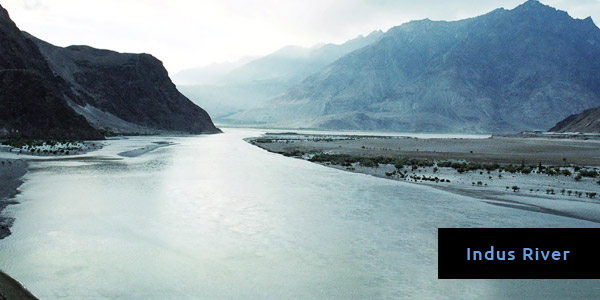
Brahmaputra River
Emerging from the Angsi Glacier in the Himalayas, the Brahmaputra River passes through China, crosses India and then enters Bangladesh. Its 2,900 kilometers long journey finishes at the Bay of Bengal. The river serves as an important source of irrigation water and also provides a navigation route. It suffers from flooding during spring with the melting of snow at the Himalayas. During this time, the river discharges up to 100,000 cubic meters each second while its average discharge during the rest of the year is 19,300 cubic meters in one second.

Amur River
Also known as Heilong Jiang in China, the Amur River originates in Mongolia and then flows through China and Russia. It is 2,824 kilometers in length and completes its journey at the Strait of Tartary to join the Pacific Ocean. The Amur River is the tenth largest river in the world. It is famous for sustaining interesting organisms including the world’s ninety-five percent Oriental White Stork as well as cranes and other varieties of birds. The river also carries historical importance as the ancient Russians and Chinese flourished at its banks.
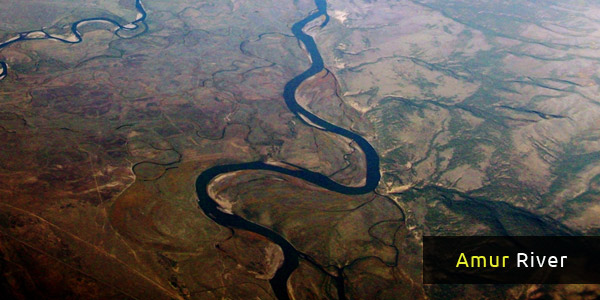
Salween River
The Salween River emerges from the Qinghai Mountains and flows through China and crosses international borders to enter Burma and then Thailand. Its journey covers a distance of 2,815 kilometers making it one of the continent’s longest waterways. The Andaman Sea is the river’s final destination. Its basin area stretches across three countries and covers 324,000 square kilometers of area. However, the population settled at the banks of Salween is rather isolated owing to the fact that the river is navigable only during the rainy season up to ninety kilometers from its mouth.
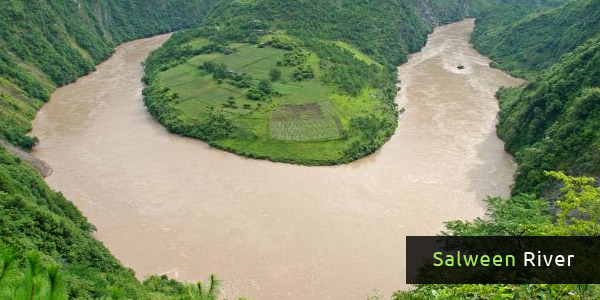
Euphrates
The famous Euphrates River carries immense significance in the history of the continent. It is Western Asia’s longest waterway and flows to a length of 2,800 kilometers. The river’s journey begins from Turkey. It flows through Syria and then enters Iraq where it joins River Tigris. This point of union is a 200 kilometers long river known as Shatt al-Arab. Many ancient civilizations, such as the Mesopotamian Empire, settled at the banks of Euphrates. For centuries, the river has been a significant source of water and other resources, such as fish.

Amu Darya
Amu Darya, or Amu River, is an important waterway of Central Asia. Its journey begins from the Pamir Mountains in Tajikistan and continues through Afghanistan, Turkmenistan and Uzbekistan. During this course, Amu Darya covers 2,400 kilometers and empties into the Aral Sea. The river played an important part in history for the Persians as well as for the missions of Alexander the Great. Today, it serves as an extremely important source of water for irrigation.
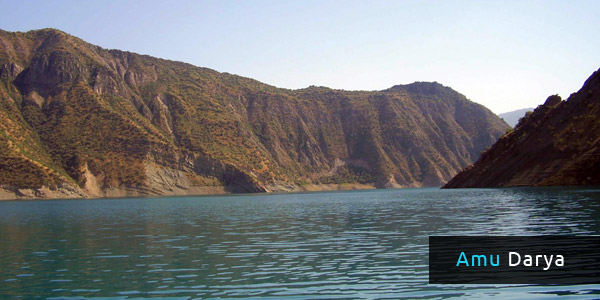
Ganges River
One of the most sacred rivers in the Hindu religion, the Ganges flows from the Himalayas and passes through India and Bangladesh. Being 2,525 kilometers long, it is counted among Asia’s longest rivers. Its huge basin spreads across an area of 1,080,000 square kilometers and houses a large population of India. In addition, a large number of fish and amphibian species thrive in the waters of the river. However, the Ganges made it to the list of the world’s most polluted rivers in 2007 and is, therefore, unfit for human consumption and the survival of its flora and fauna.
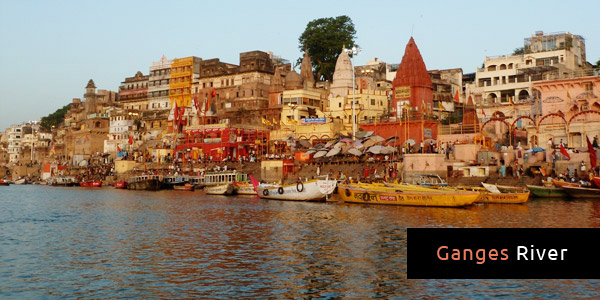
Ishim River
A trans-boundary water body, the Ishim River flows through Kazakhstan and Russia and covers a distance of 2,450 kilometers. It is one of the tributaries of River Irtysh. During its course through Russia, the river gives rise to several oxbow lakes. Although it remains frozen during the winter months, the Ishim River offers navigation through its navigable lower reaches during the rest of the year.
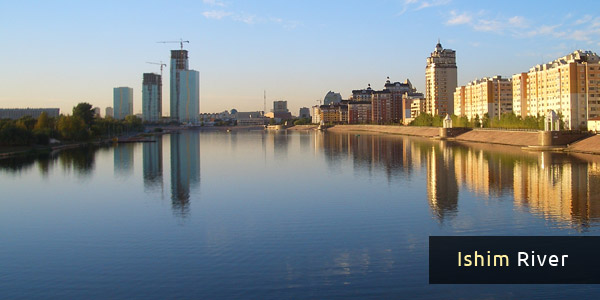
Ural River
The Ural River is one of the important freshwater bodies of Russia and Kazakhstan. Originating in the Ural Mountains, the river completes its journey at the Caspian Sea after covering a long distance of 2,428 kilometers. The river’s average discharge is 400 cubic meters of water per second. It irrigates the majority of the northwestern region of the land of Kazakhstan. In addition, it is an important river since it forms the boundary between Asia and the European continent.
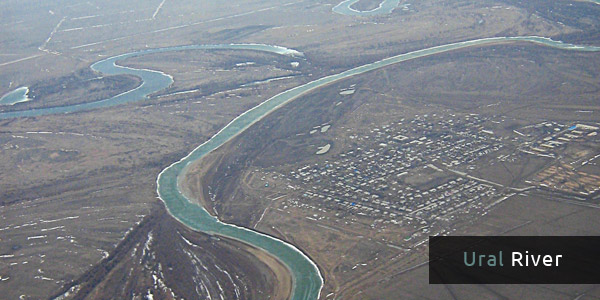
Pearl River
The Pearl River is also known as Zhu Jiang and serves as an important waterway in China and Vietnam. Other popular names of the river are Guangdong and Canton. It is formed by the confluence of its tributaries – Xi Jiang, Bei Jiang and Dong Jiang. The river finally empties into the South China Sea. The Pearl River has been named so owing to the presence of pearl shaded shells which lie at its bottom during its course through Guangzhou.

Syr Darya
Syr Darya is a river which flows through four countries of Central Asia – Kyrgyzstan, Kazakhstan, Uzbekistan and Tajikistan. Its journey begins from Uzbekistan where it is formed when Narya and Kara rivers converge. The course of Syr Darya covers a distance of 2,212 kilometers before joining the Aral Sea. The river is immensely significant for Central Asia since it provides irrigation water for most of the region’s cotton crops.
Ayeyarwady River
Also known as Irrawaddy, the Ayeyarwady River is the longest river of Burma. It flows for 2,170 kilometers from its source which is the confluence of Mali and Nmai rivers. Its mouth is located at the Andaman Sea. The river serves as the country’s biggest commercial waterway and has been in use for trade since the sixth century. The Ayeyarwady River is also used for irrigation in the country.

Tigris
Along with Euphrates, the Tigris River is another historically important river of Asia which flows through the region of Turkey, Syria and Iraq. Emerging from Lake Hazar, the river flows for 1,850 kilometers before reaching its mouth at Shatt al-Arab. The historically important region of the Fertile Crescent was formed by Tigris along with its western sister channel, the Euphrates. This region gave birth to some of the world’s earliest civilizations. Today, the Tigris River serves the purpose of hydroelectric power generation through a number of dams built to store its water.
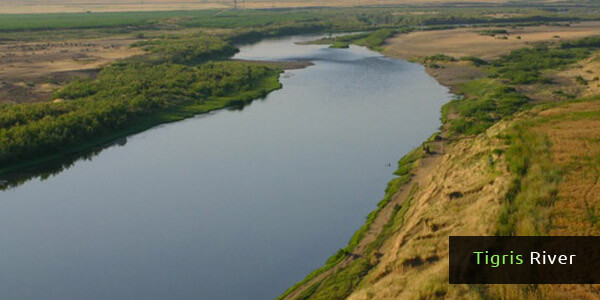
Angara River
The Angara River is an important water channel running through southeastern Siberia in Russia. It forms the headwater tributary of the great Yenisei River and is the outlet of the Baikal Lake. Angara rises northeast of the lake and runs for 1,779 kilometers, discharging 4,530 cubic meters of water per second on average. One of the largest hydroelectric power plants in the world has been built at Bratsk where a dam stores the river’s water. In addition, there are two other dams serving the same purpose. This makes the Angara River of Russia one of the biggest sources of power generation. Moreover, the Angara basin is enriched with metal and fossil fuel deposits, such as gold, iron, aluminum and coal.

These are some of the greatest rivers of the continent. There are numerous other smaller rivers flowing through Asia, enriching it with their valuable resources and making its land fertile and irrigable.
Asia Continent - Latest Articles

Asian Culture Facts and History
Posted By JohnAsia is the world's most populated continent with the greatest diversity of culture. Asian...

Dresses in Asian Culture have Vast Variety
Posted By MariaThe continent of Asia consists of a large diversity of cultures, traditions and customs....

Longest River Of Asia
Posted By KathleenAsia is home to some of the world's longest rivers. A number of long waterways flow through...
